Hey there! So, have you heard about Japanese Knotweed? It’s this invasive plant species that has become quite a problem in the United Kingdom. It grows ridiculously fast and wreaks havoc wherever it goes. But fear not! To tackle this pesky plant, it’s important to understand its life cycle. So, in this blog, we’re gonna take you through all the different stages of the Japanese Knotweed life cycle. Buckle up and get ready to learn how this plant grows and how you can manage it effectively.
The Life Cycle of Japanese Knotweed
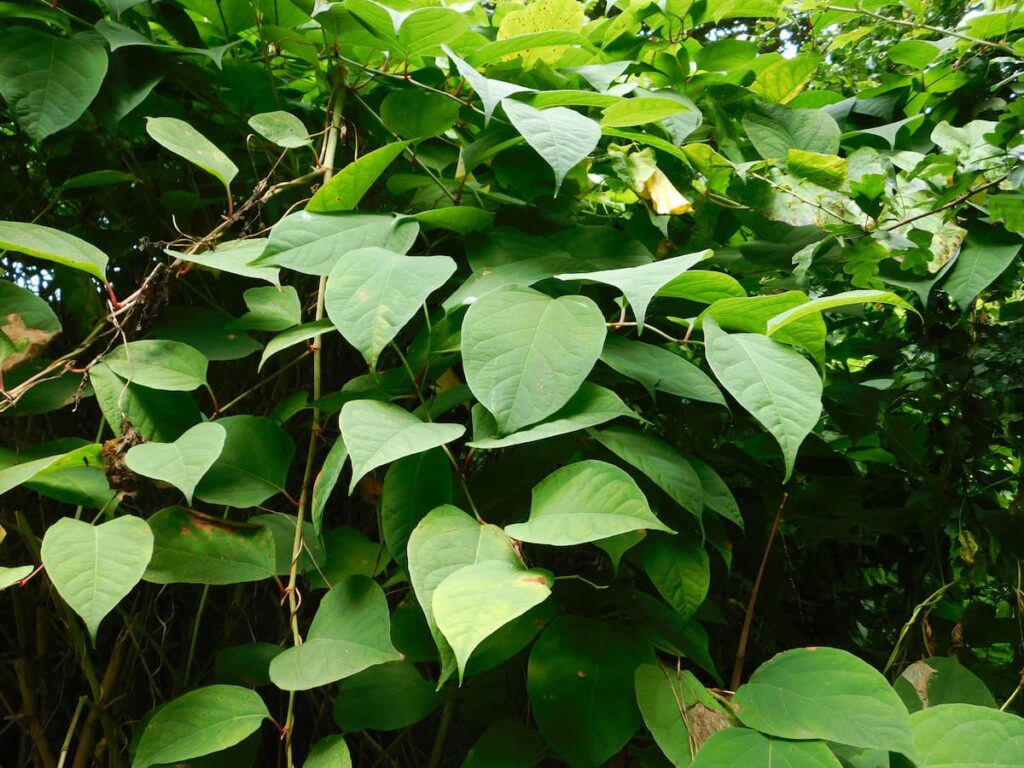
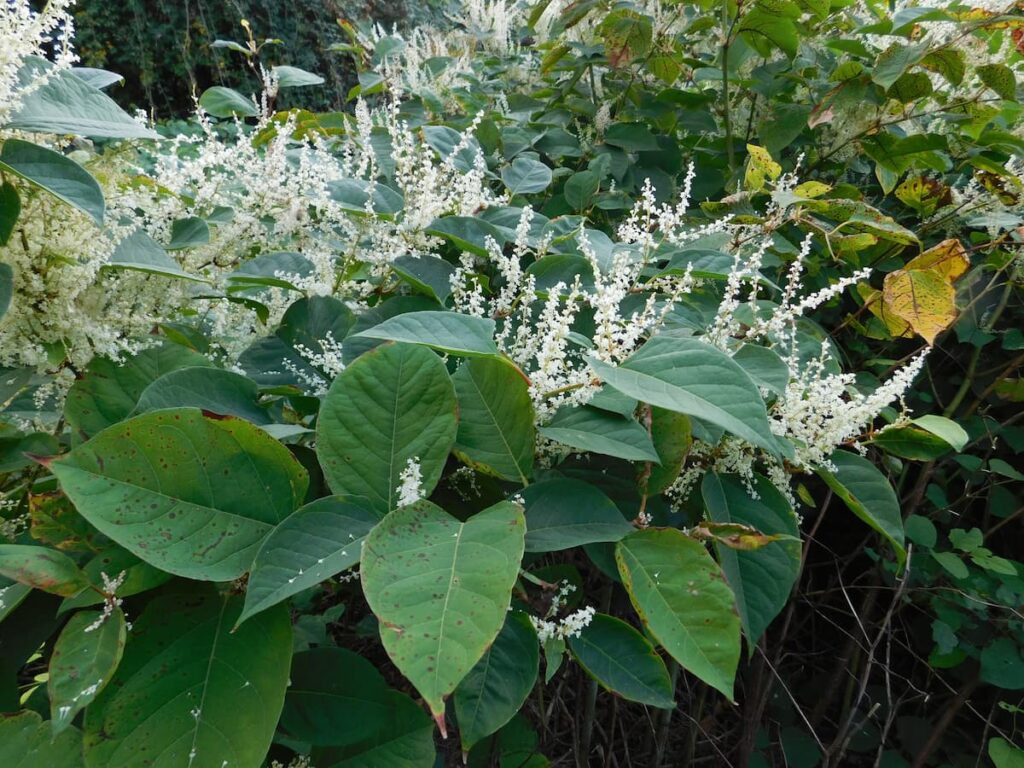
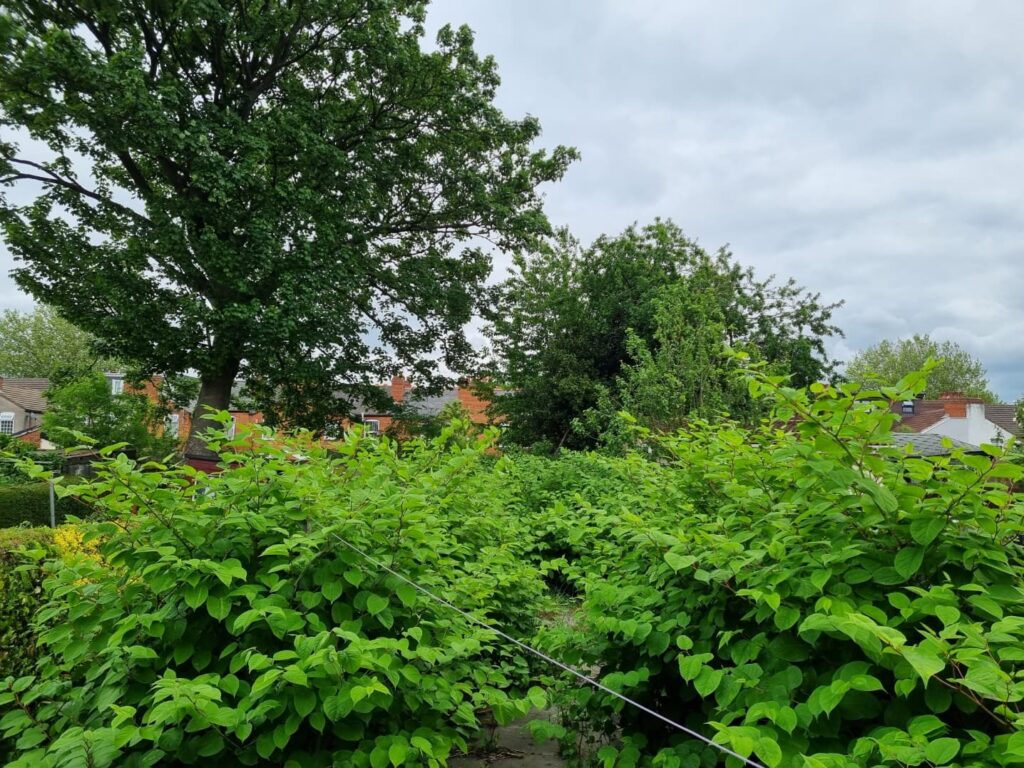
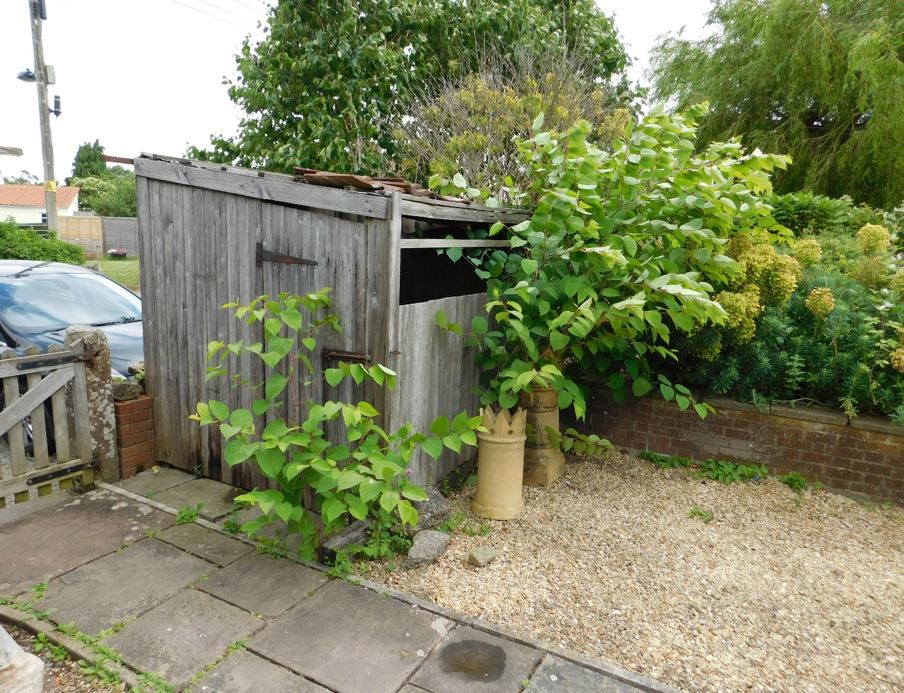
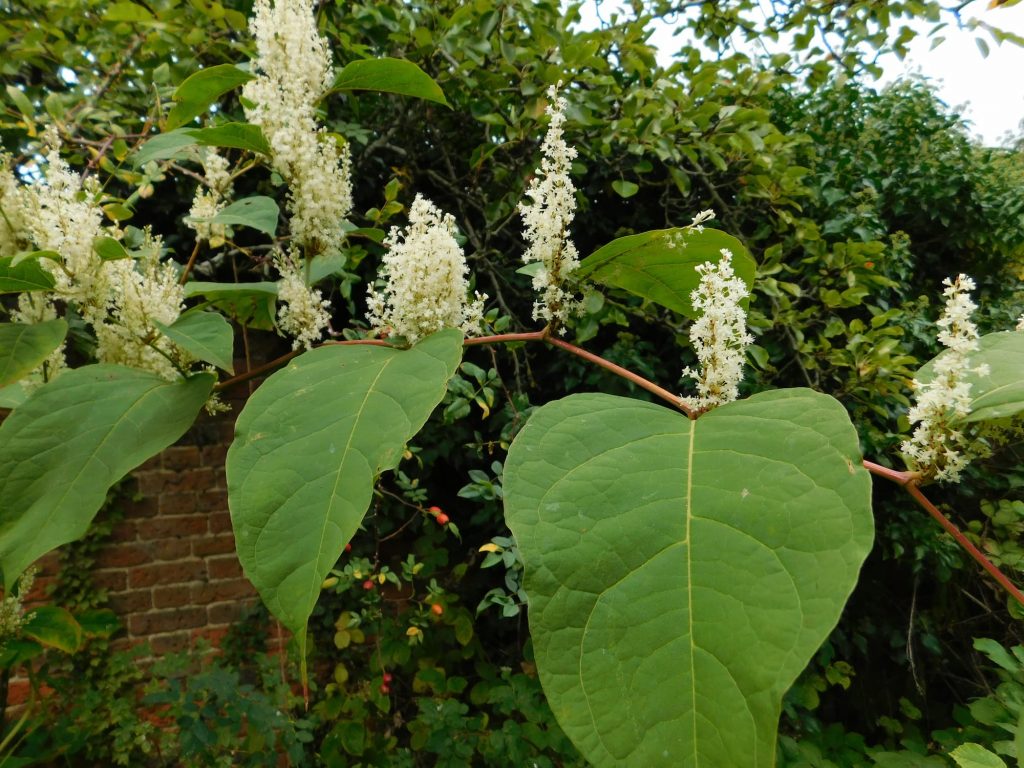
Dormancy
Okay, so Japanese Knotweed starts its life cycle by taking a little nap during the winter months. It goes into hibernation mode, storing up energy in its underground rhizome system to survive those harsh weather conditions.
Early Spring Growth
As the beautiful spring arrives, Japanese Knotweed starts waking up from its slumber. The first thing you’ll notice is these reddish-purple shoots poking out of the ground. They kinda look like asparagus spears, to be honest.
Leaf Development
After the initial growth, the plant’s heart-shaped leaves start unfurling. They’re this vibrant green color and they grow in an alternating pattern along the reddish-purple stems. Every day, the plant puts all its energy into growing these leaves and spreading them out.
Rapid Growth
Now, brace yourself for some serious growth. During the summer months, Japanese Knotweed goes wild and can reach up to a staggering 2-3 metres in height. Its lush green leaves create a dense canopy that shades out other plants and makes it hard for them to grow.
Flowering
In late summer or early autumn, Japanese Knotweed decides it’s time to show off a little. It produces these small, creamy-white flowers in clusters. The flowers themselves aren’t anything to write home about, but they do require a lot of the plant’s energy and resources. It’s an important stage for reproduction and spreading to new areas.
Seed Development
After the whole flowering show, Japanese Knotweed goes on to develop some winged seeds. Although, here’s the thing, in the UK, the plant rarely reproduces from these seeds. It mostly spreads through its rhizome system, which is like a network of underground roots.
Autumn/Winter Decline
As the weather gets colder, Japanese Knotweed starts to change its colours. The vibrant green leaves turn yellow, and eventually brown. It’s like the plant is preparing for its winter nap. The above-ground parts die back, but the rhizome system stays alive underground, ready to sprout new growth in the next spring.
Management and Control
So, now that you know all about the different stages of the Japanese Knotweed life cycle, it’s time to talk about how to manage and control it. This plant is pretty tough to eradicate because of its extensive rhizome system. But don’t worry, there are ways to deal with it. Usually, a combination of chemical treatment, excavation, and disposal is used to manage its spread. It’s always a good idea to consult with professionals who know their stuff and can help you come up with a management plan tailored to your specific situation.
Japanese Knotweed’s life cycle is like a roller coaster, going through dormancy, early spring growth, leaf development, rapid growth, flowering, seed development, and autumn/winter decline. It’s a pretty tough cookie to crack, but with the right management practices, we can prevent its spread and minimise its impact on our environment.
Resources
Cyfoeth Naturiol Cymru / Natural Resources Wales
Safety Central PDF – Management – Environmental guidance
https://safety.networkrail.co.uk/wp-content/uploads/2018/06/Japanese-knotweed-Guidance-2018-v1.pdf
Norfolk Non-native Species Initiative PDF – Good Practice Management
https://nnnsi.org/assets/NNNSI/JKW-management.pdf
PCA homeowners guide to Japanese Knotweed – PDF
https://www.property-care.org/write/MediaUploads/resources/PCAInvasiveWeedA5BookletWEB.pdf
The Postcode Areas We Serve
Gloucester and Swindon
Birmingham and the Midlands
Bristol and the South West
Cardiff and South Wales










